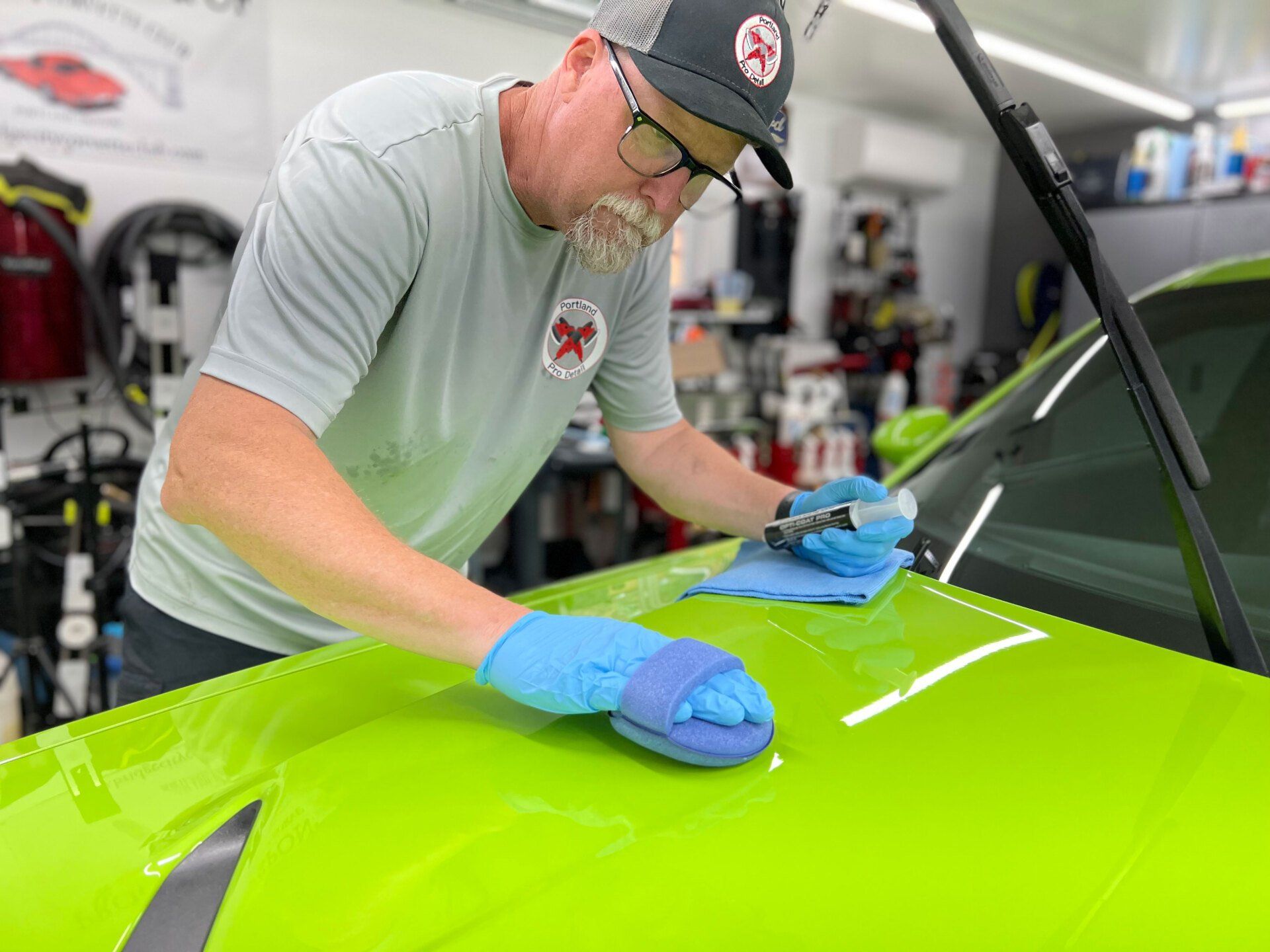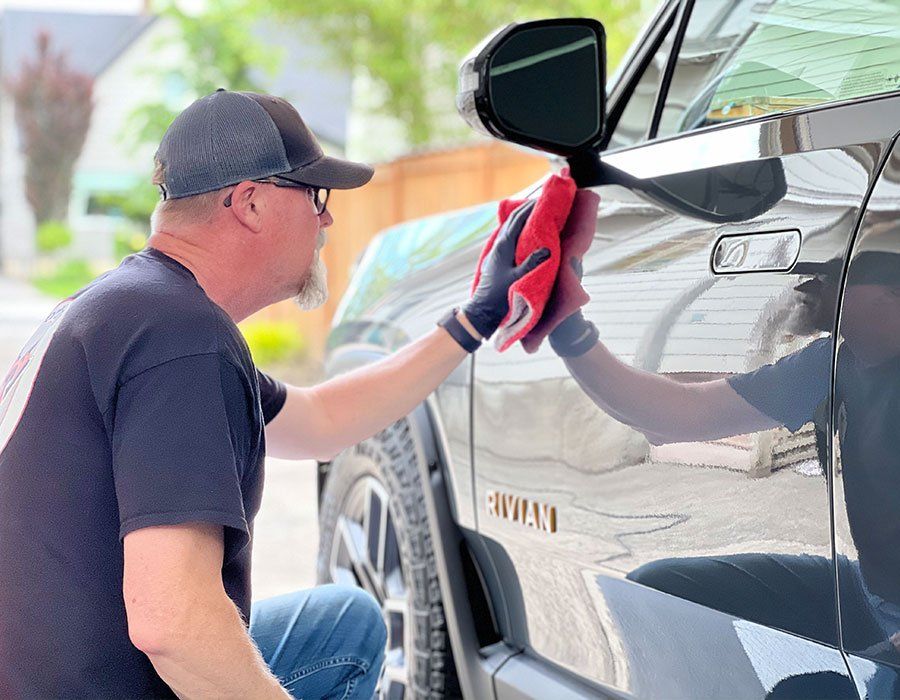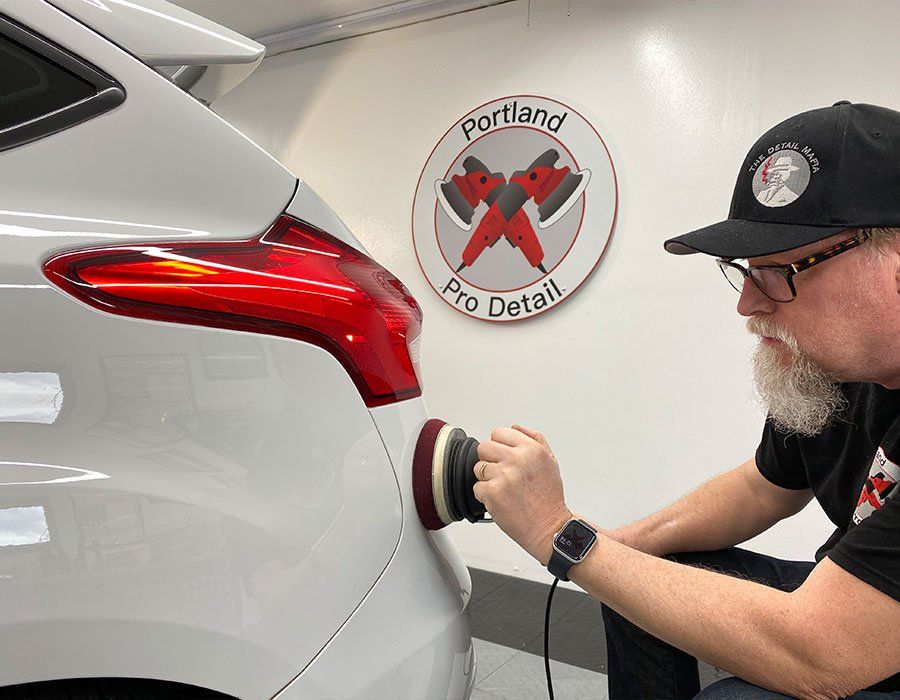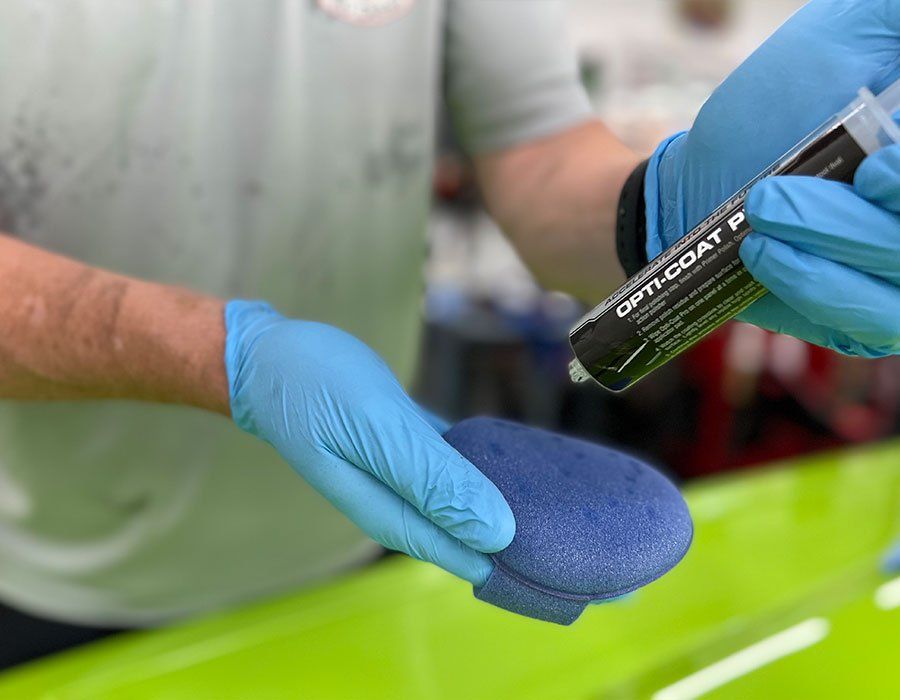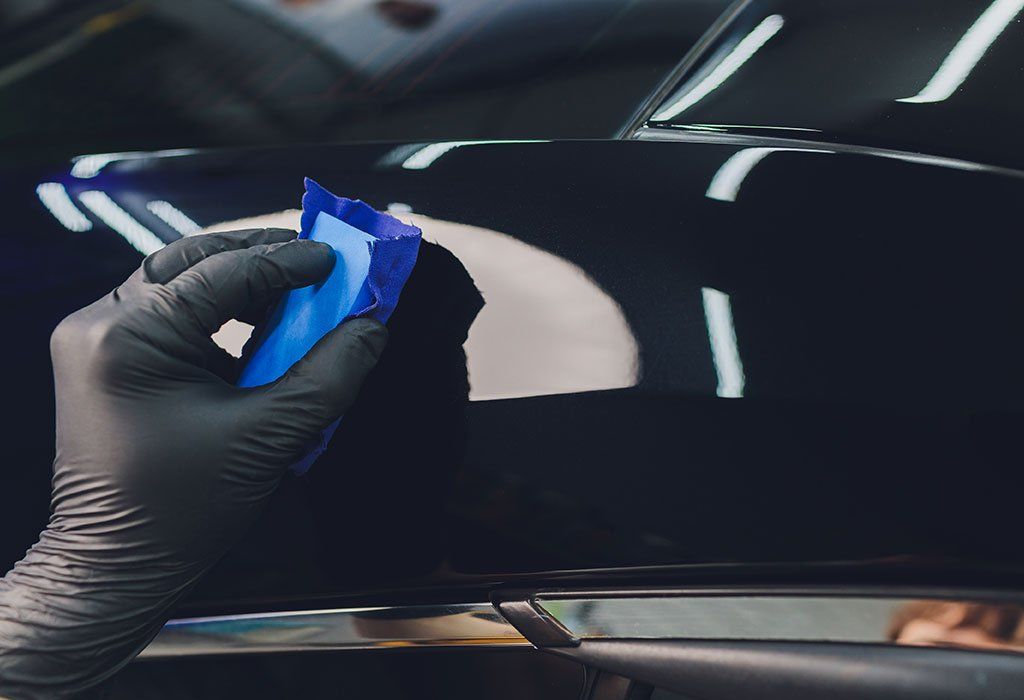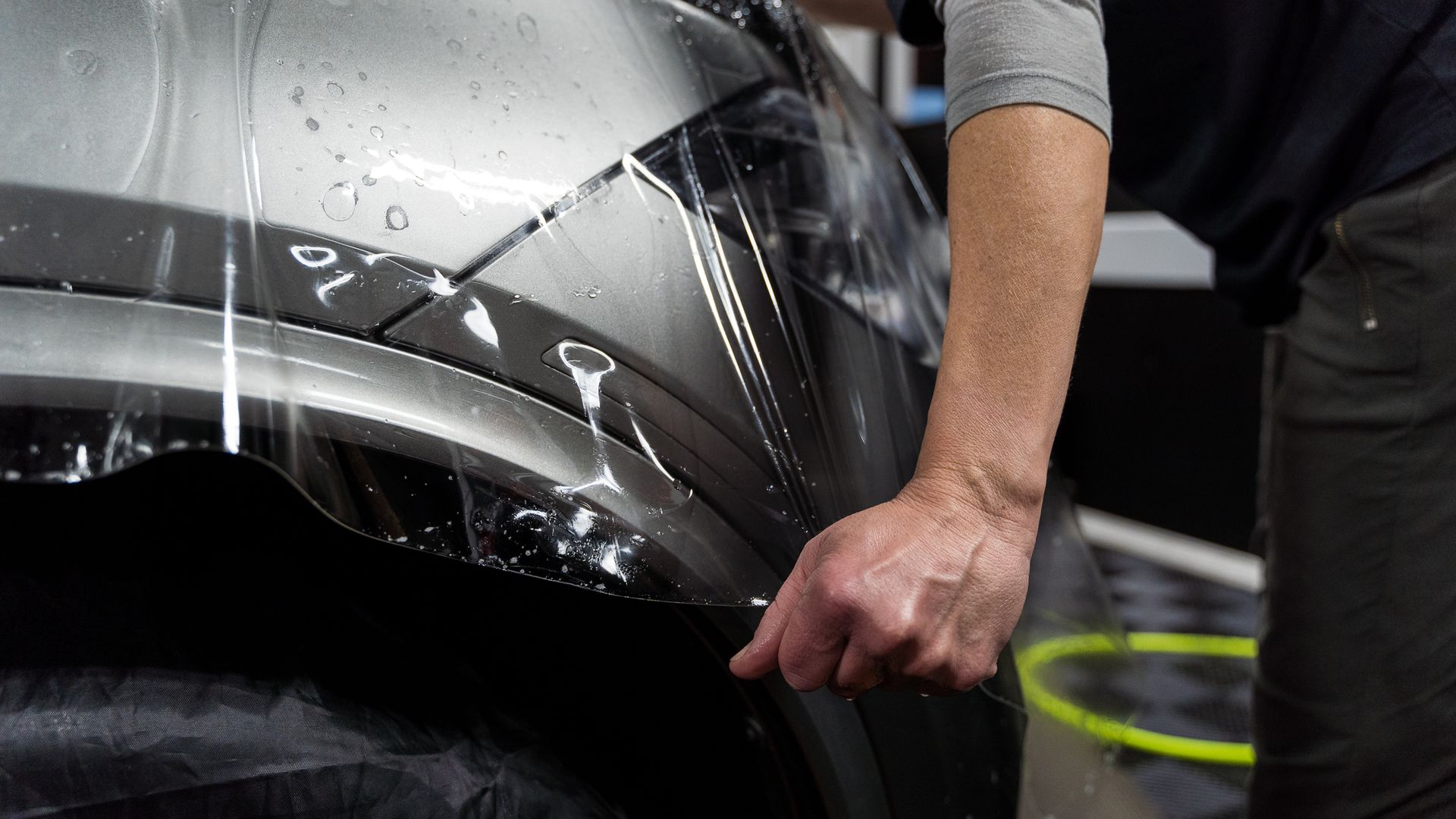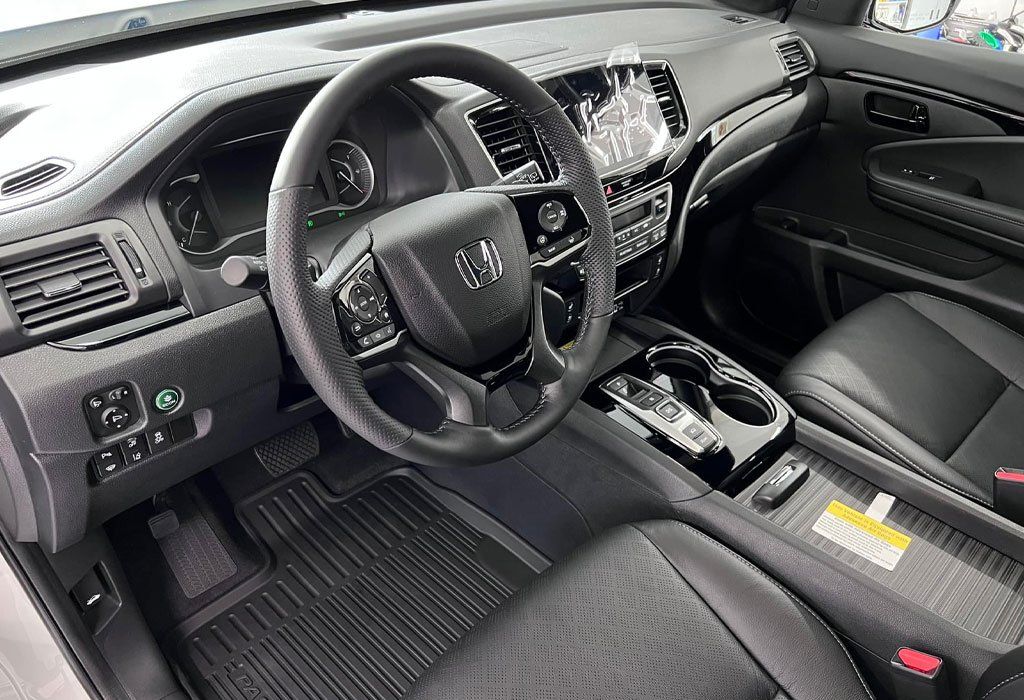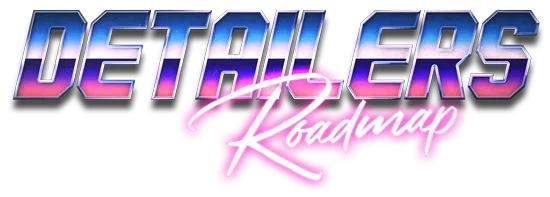Ceramic Coating Curing Time: Understanding the Process and Duration
CALL (503) 444-7415
Ensuring a flawless ceramic coating isn’t just about meticulous application; understanding its curing process is vital to achieving that perfect shine you admire. Watching your car’s paint dry might not sound exciting, but knowing exactly how long it takes and what conditions affect it can save you from costly do-overs and unsightly imperfections.
The typical curing time for ceramic coatings ranges from 24 to 48 hours, during which it's crucial to avoid exposure to moisture and contaminants. Factors influencing this duration include environmental conditions like temperature and humidity, the thickness of the coating applied, and the number of layers used, all of which can significantly impact drying and hardening times.
Factors Influencing Curing Time
The curing time of ceramic coatings can be a complex process influenced by various external and internal variables.
- Environmental Conditions: One prominent factor is environmental conditions, which play a significant role in how quickly the coating hardens. For instance, temperature is perhaps the most critical element; warmer temperatures typically accelerate curing, as higher heat promotes quicker evaporation of solvents. However, it's essential to approach this delicately—extreme heat can lead to problems like bubbling or an uneven finish. It's a balancing act that needs your careful attention.
- Humidity: Humidity is another influential variable. High humidity levels can impede evaporation, extending the curing process and potentially causing issues with the coating's durability. Ideally, you want humidity levels between 50% and 70%. Too high, and you're likely looking at longer wait times; too low, and you may run into problems with adhesion. Additionally, the air quality condition surrounding the workspace shouldn't go unnoticed. Pollutants present in the air can adversely impact the chemical reactions necessary for curing.
- Coating Thickness: Moving beyond environmental factors, we must consider the thickness of the application itself. A thicker layer of ceramic coating requires additional time to cure fully because there’s more material to harden through the evaporation of solvents and other chemical processes. Additionally, bear in mind that if you’re applying multiple layers, each added layer extends your total curing period. This happens because not only does every layer need its own drying time before proceeding with the next one, but each one also interacts with the previous layer’s setting process.
- Application Technique: Lastly, how you apply the coating matters significantly; whether using a brush or spray can influence curing times too. Spray applications often result in a finer mist that can help distribute coating evenly across surfaces; this enables quicker evaporation than thicker brush-applied layers. Understanding this allows you to choose an application method that best suits both your skills and desired outcomes.
As you explore these influencing factors—environmental conditions, coating thickness, number of layers, and application technique—it becomes clear how vital they are in shaping the success of the curing process.
Typical Curing Timeline Explained
Ceramic coatings don’t cure instantly; they follow a timeline that varies depending on the product and external environmental conditions.
- Immediate Post-Application Phase (0-24 Hours): After application, the journey begins with an immediate post-application phase lasting from 0 to 24 hours. This is where the initial magic happens—though it requires caution. During these critical hours, the coating bonds with the surface but remains highly vulnerable to damage from water, dust, and pollutants. Therefore, if you've just applied a ceramic coating, consider yourself in a protective bubble that needs shielding. It’s best practice to keep the vehicle indoors during this time to minimize any risks. For optimal results, ensure that your vehicle is sheltered from elements such as rain or dust.
- Initial Cure Phase (24-48 Hours): By the time you reach the 24-hour mark, you're still in a sensitive zone where the coating starts to harden but isn’t fully set yet. You’re welcome to drive your vehicle again; however, precautions remain vital. This means avoiding contact with water—no rainy day drives or unexpected pool splashes! Just as freshly painted nails require careful handling to avoid smudging, the ceramic coating benefits from gentle treatment during this period. Washing should be avoided at all costs; even a seemingly harmless light rinse could disrupt its bonding process.
- Full Cure Phase (7-14 Days): After approximately one week has passed since application, you'll find yourself moving into the Full Cure Phase, which typically lasts between 7 and 14 days. During this time, the coating reaches its maximum hardness and resilience against external threats. However, don’t let your guard down yet! The coating remains sensitive to harsh chemicals and physical abrasion for another week. It’s recommended to forgo automatic car washes or any abrasive cleaners during this phase, as they can lead to potential degradation of your newly applied treatment.
With these timelines in mind, remember that the proper method of application also plays a significant role in achieving optimal results with ceramic coatings.
Accelerating the Curing Process
Speeding up the curing time of ceramic coatings is not just a matter of impatience; it’s often about ensuring that your vehicle is ready for use sooner rather than later. By implementing specific strategies, you can effectively shorten this crucial phase without compromising on quality.
Controlled Environment
One of the most effective ways to hasten the curing process is by maintaining a controlled environment. This means keeping the temperature between 70 and 85°F while also managing humidity levels around 50 to 60%. Making use of tools like garage heaters or dehumidifiers can create an ideal space for the coating to cure efficiently. For instance, if you live in a humid area, running a dehumidifier can absorb excess moisture, preventing unwanted reactions that might impair the coating's effectiveness. Remember, both temperature and humidity play vital roles; too much moisture can extend curing times or lead to imperfections.
Infrared Curing Lamps
Another excellent technique involves the use of infrared curing lamps. These specialized lamps emit infrared light, which produces uniform heat across the coated surface. Not only does this method expedite curing times, but it also helps ensure that every part of the coating receives consistent heating. As one automotive technician pointed out, utilizing infrared lamps cut their typical wait time from forty-eight hours down to approximately twenty-four hours. This means you’re spending less time worrying about whether the coat will set properly and more time enjoying your freshly coated vehicle.
Utilizing these methods not only saves time but also enhances the durability and performance of your ceramic coating. Additionally, it's essential to regularly check on the coating as it cures. Any shifts in environmental conditions may require adjustments to your heating setup or humidity control measures. Maintaining vigilance in this stage will ensure that your efforts yield long-lasting results.
Caring for Your Coating During Curing
A critical aspect of the ceramic coating process is ensuring that the new layer adheres properly and cures effectively. Proper maintenance during this phase makes all the difference! If you want the benefits of a long-lasting, pristine exterior, it's essential to pay attention to how you care for your vehicle while the coating settles.
- Avoid Moisture and Contaminants: First and foremost, keeping your vehicle away from moisture and contaminants cannot be overstated. The curing process typically lasts at least 24 hours, but to maintain optimality, you should keep the vehicle indoors or under a protective car cover for several days, if possible. Think about it—a few raindrops can lead to spots on your surface that might become permanent if they interrupt the curing process. Even something simple like bird droppings can create unsightly etching if you're not careful. By shielding your freshly coated vehicle from rain, dust, or tree sap, you're giving it the best chance to develop that hard-wearing sheen.
- Gentle Handling: When operating around your newly coated vehicle, treat it with kid gloves. Avoid leaning anything against it or putting undue pressure on any part of the surface. It may seem tempting to use your new car as an impromptu workbench or staging area, but every additional weight could risk compromising the integrity of the coating before it's fully cured. This includes avoiding opening doors too vigorously or resting items on top. You have invested time and resources; being cautious now will pay off with a flawless finish later. As a rule of thumb, consideration for your coating extends to washing practices as well.
- No Washing: It's essential to refrain from washing your vehicle for at least the first week post-application. The newly applied coating needs time to bond strongly with the underlying paintwork. However, if dust accumulates and you feel it is necessary to take action before that week is up, reach for a soft, dry microfiber cloth instead of water and soap. Using a cloth allows you to gently lift any particulates without risking damage to that delicate first layer. Remember, patience is key during this period—washing too soon can lead to premature wear or damage, possibly cutting short your investment in that beautiful finish.
Every action taken during this delicate curing phase is pivotal for ensuring your ceramic coating achieves its highest potential longevity and performance.
Curing Time Impact on Coating Durability
Allowing the ceramic coating to cure completely is crucial for achieving optimal durability. When the curing process is conducted correctly, it provides superior protection against various environmental elements, including harmful UV rays, acidic bird droppings, and stubborn chemical stains.
Enhanced Longevity
A properly cured coating can extend its lifespan to five years or more, whereas an inadequately cured coating may only last one or two years at best. The difference lies in how well the molecules bond during the curing phase. Optimal curing increases coating hardness, which enhances its ability to resist environmental contaminanst over time. This increase in durability equates to a better shield against life’s little mishaps—from errant shopping carts to accidental brush-ups in crowded parking lots. It's essential to note that incomplete curing does not merely shorten lifespan but can lead to various performance issues.
Improved Hydrophobic Properties
Another critical aspect where curing plays a role is in defining the hydrophobic properties of the ceramic coating. When water rolls off effortlessly, it doesn’t just enhance visuals—it also simplifies maintenance considerably. A fully cured surface allows water and grime to bead up instead of clinging on. While some might think that hydrophobic qualities are less important than durability, they’re actually intimately connected. If dirt accumulates on a poorly cured coating, it can lead to harder scrubbing during clean-up efforts, which could eventually degrade the finish itself. By ensuring complete curing takes place, you effectively maintain both cleanliness and aesthetics.
Understanding these impacts underscores why adhering to proper curing times is essential for reaping the full benefits of a ceramic coating; doing so will ultimately save you time and resources while preserving your vehicle's appearance for years to come. Investing in proper curing ensures long-lasting protection and aesthetic appeal that contribute significantly to your vehicle's overall maintenance and longevity.
Professional Ceramic Coating Services in Portland, OR
Protect your vehicle with Portland Pro Detail's
professional ceramic coating services in Portland, OR. Our expert team applies high-quality ceramic coatings that shield your car from the elements, ensuring long-lasting protection against UV rays, dirt, and water damage. With enhanced gloss and a smooth finish, your vehicle will look stunning while maintaining its value. Schedule your appointment today and experience the difference ceramic coating can make for your car. Call us at (503) 444-7415 to get started!

